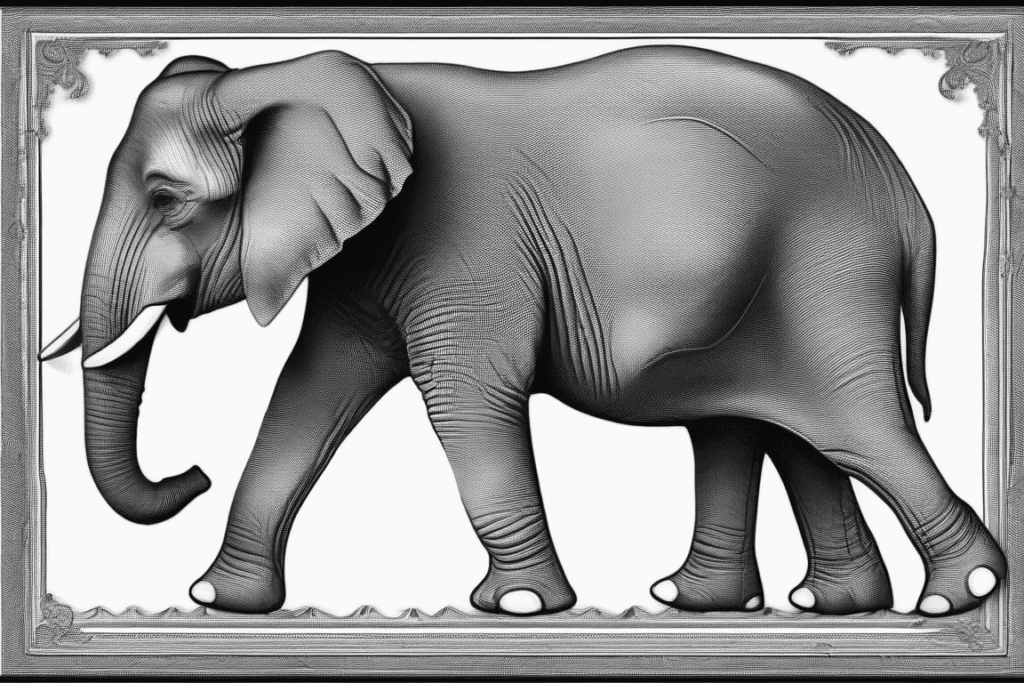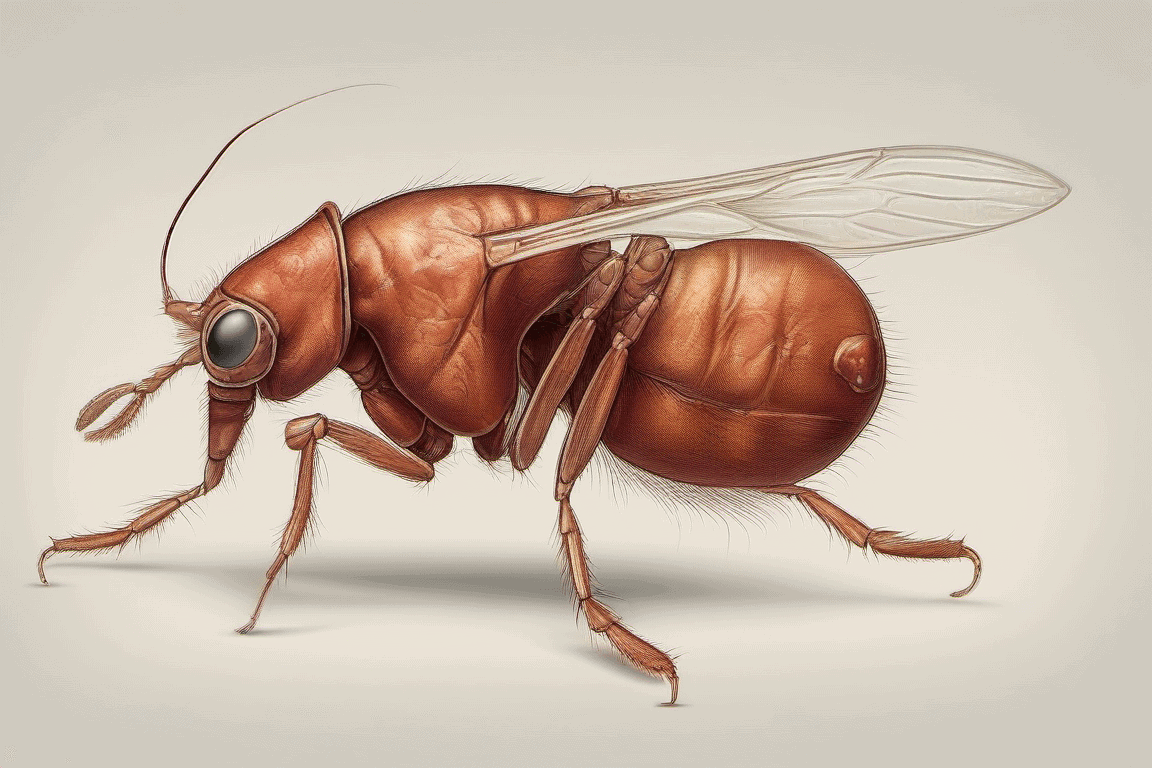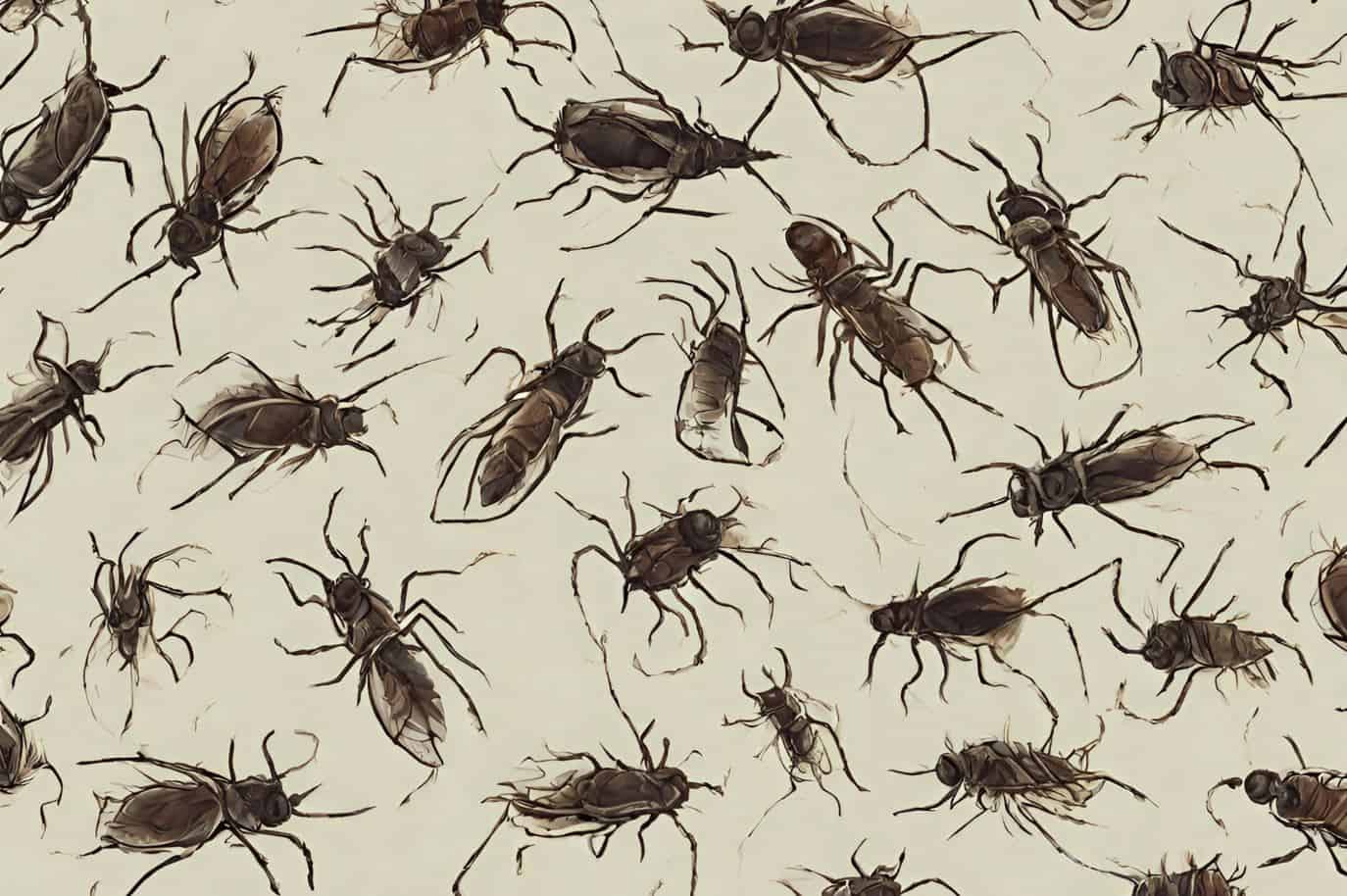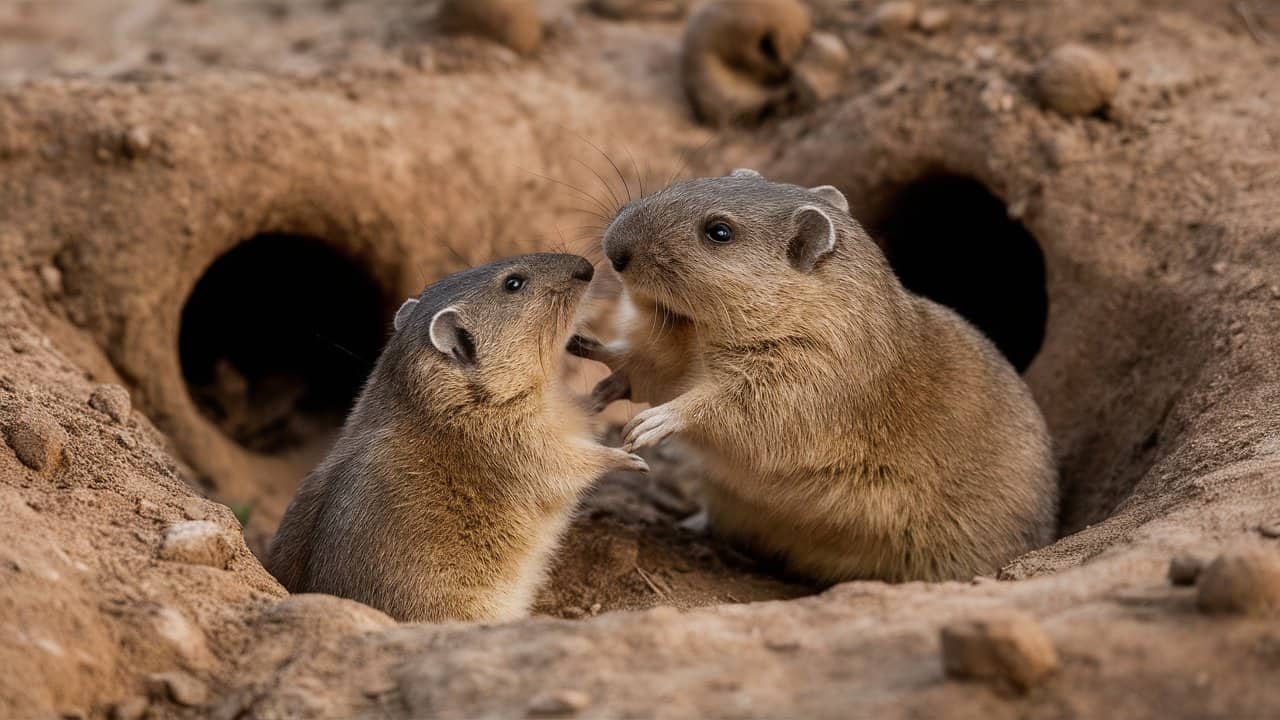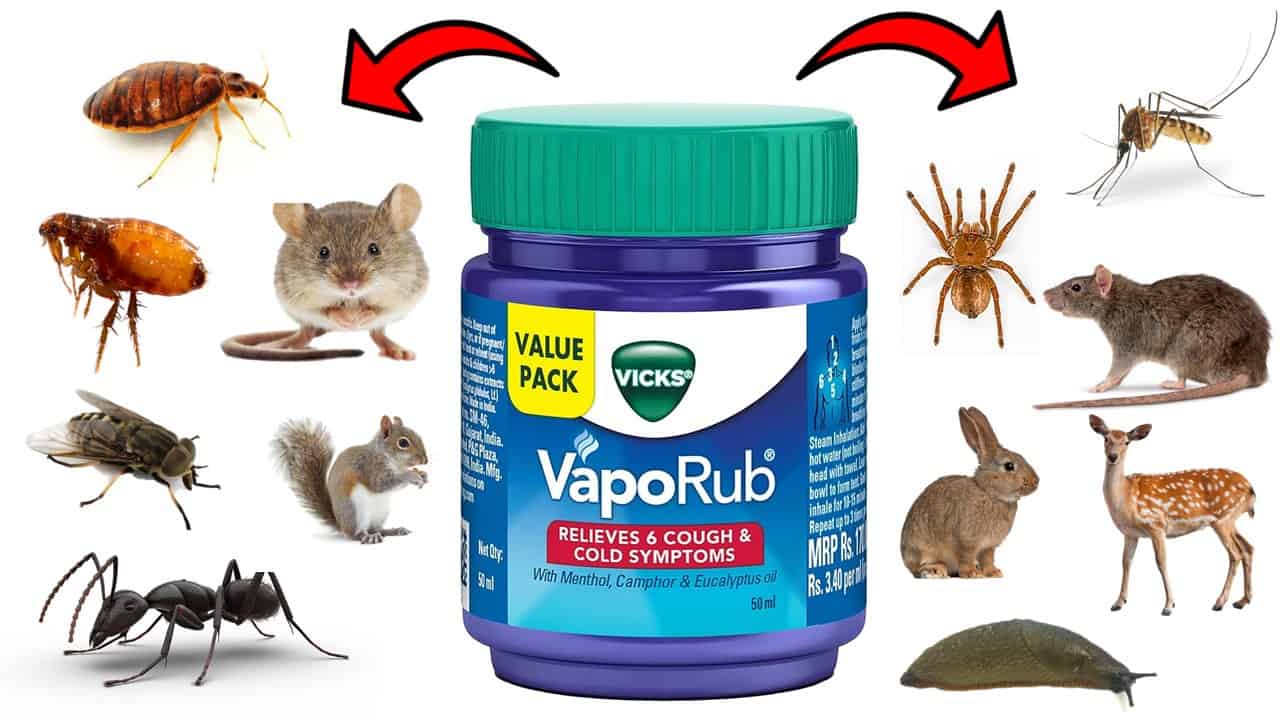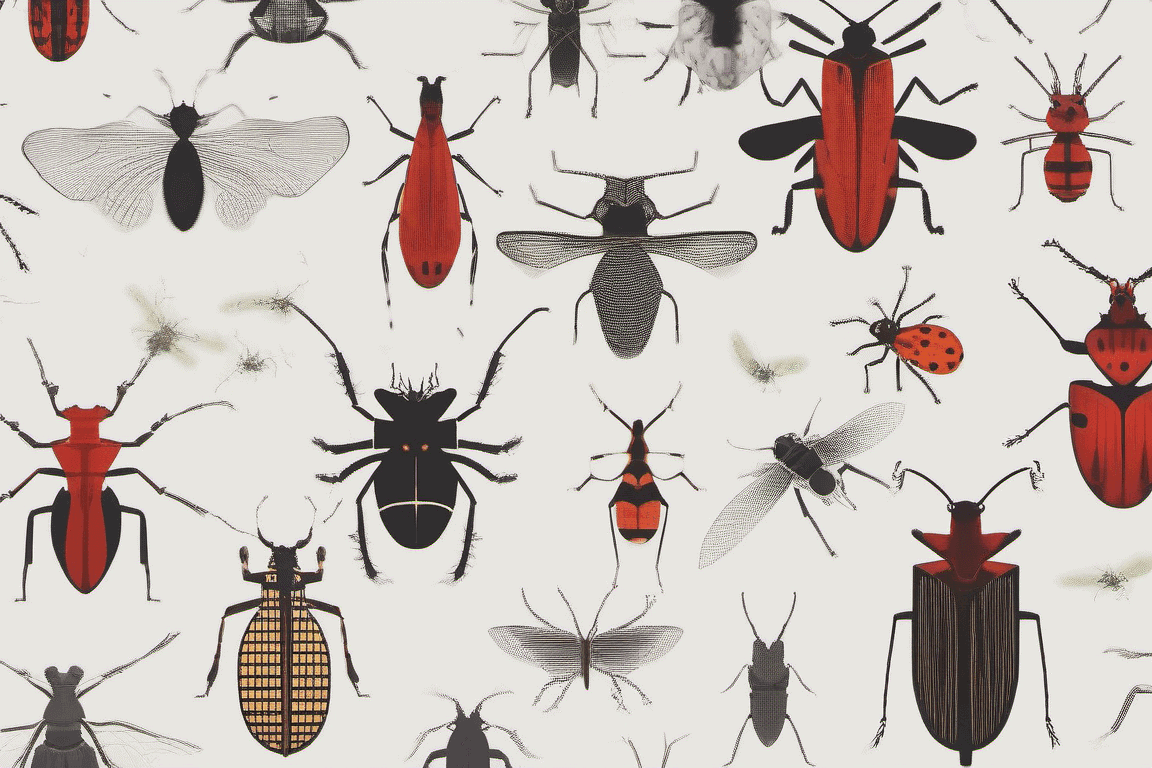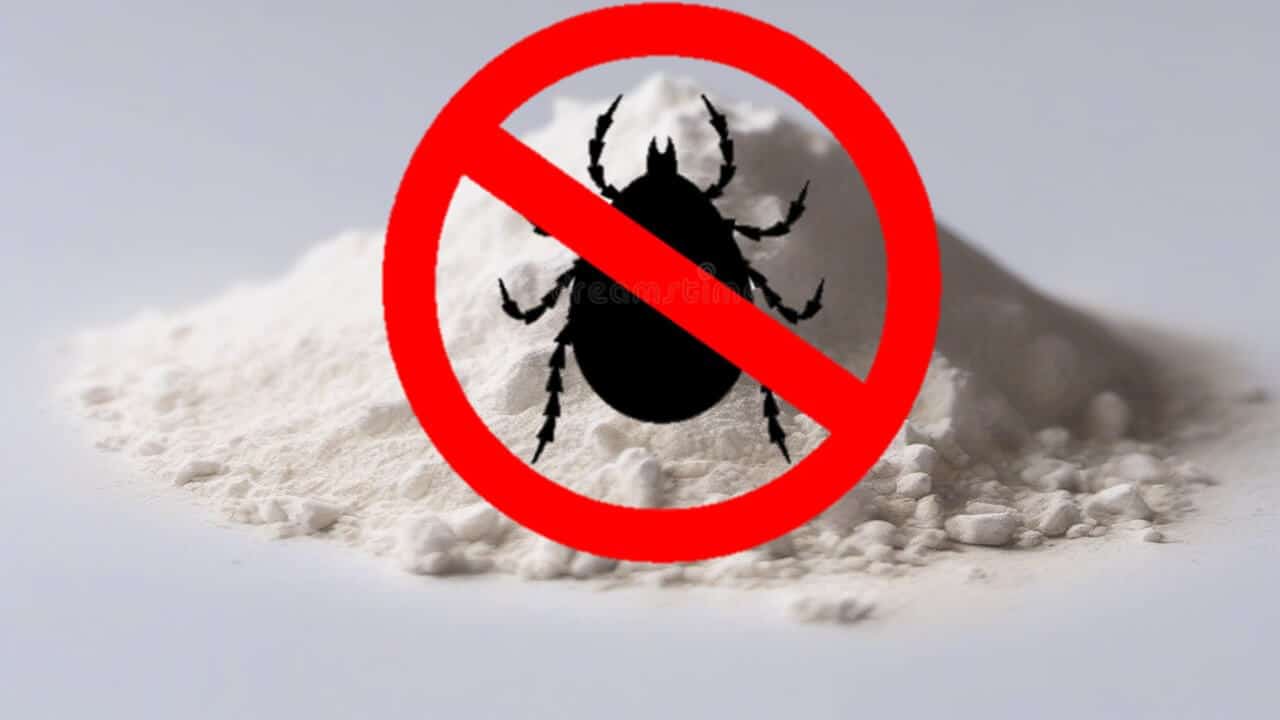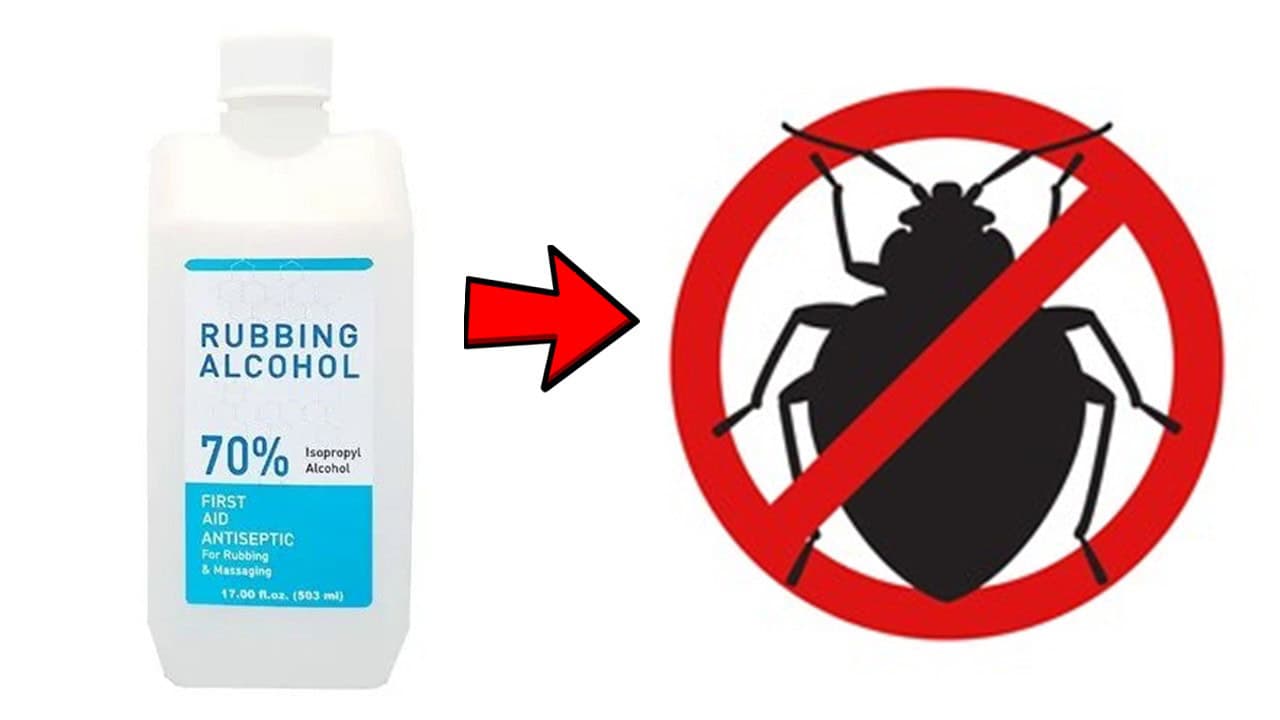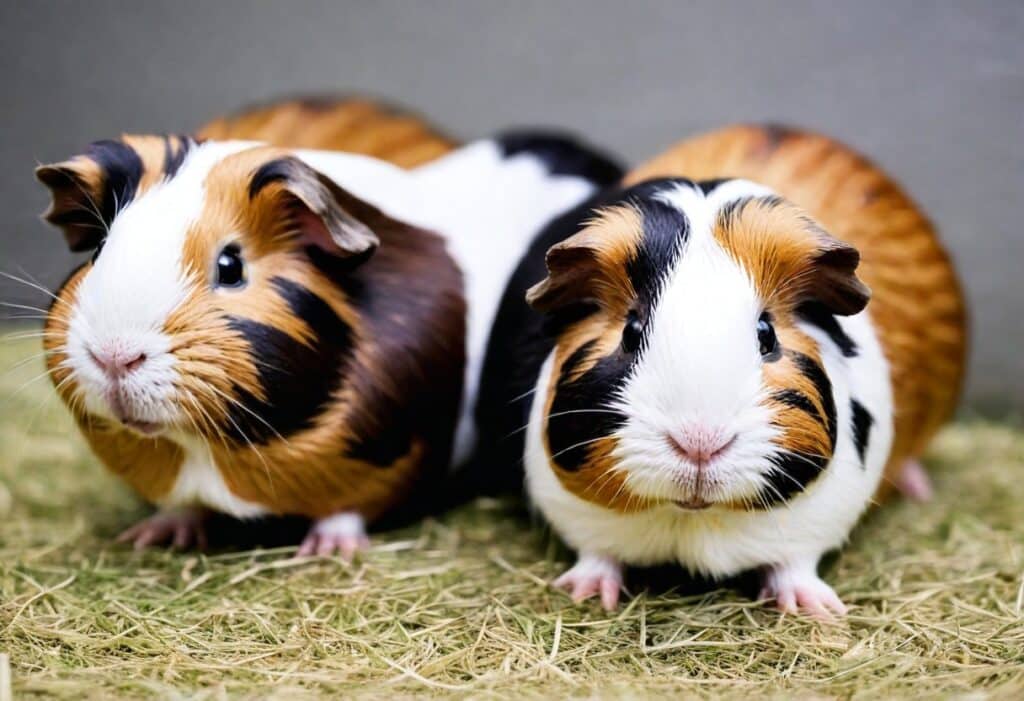We often think of animals as ephemeral creatures, existing for only a short time before moving on to the great animal kingdom in the sky. But some animals manage to stick around for an impressively long time. They even outlive us, humans! Here are ten of the oldest living animals in the world:
Table of Contents
1. Greenland shark
The Greenland shark is a massive creature, growing to lengths of over 20 feet (or six meters). This animal can live to be 400 years old! The oldest recorded Greenland shark was 392 years old when caught in the wild.

These sharks are so old because they grow very slowly. It takes them 150 years to reach full size! They also have a prolonged metabolism, which might contribute to their longevity.
Unfortunately, the long life of the Greenland shark comes at a cost. These animals are often hunted for their meat and oil, used in traditional medicine. As a result, they are considered an endangered species.
2. Bowhead whale
The bowhead whale is the second-largest animal on this list, and it can grow to be over 60 feet (or 18 meters) long! Scientists believe that these animals can live to be 200 years old.
This whale is native to the Arctic ocean and spends its life swimming in cold waters. Like the Greenland shark, its slow metabolism might contribute to its long life. These animals also have a thick layer of fat, which helps them stay warm in frigid temperatures.
Bowhead whales were once hunted extensively for their meat and oil, but they are now protected by law. Thankfully, their population is slowly recovering.
3. Giant tortoise
The giant tortoise is the largest living reptile, and it can grow to be over six feet (or two meters) long. These animals are native to various habitats, including deserts, forests, and grasslands. They can live to be over 150 years old in the wild. One of the oldest recorded tortoises was Adwaita, who lived to be 255 years old!
These animals have a slow metabolism and reproduce slowly, contributing to their longevity. They also have a hard shell protecting them from predators and harsh weather conditions. Sadly, many species of giant tortoise are now endangered due to habitat loss and hunting.
4. Blue whale
The blue whale is the largest animal on Earth, and it can grow to be over 100 feet (or 30 meters) long. These animals are native to the oceans, and they can live to be over 90 years old in the wild.
Like other large whales, the blue whale has a slow metabolism and reproduces slowly. These animals are also protected from predators by their size. However, they are still hunted by humans for their meat and oil. As a result, they are an endangered species.
5. African elephant
The African elephant is the largest land animal, and it can grow to be over six feet (or two meters) tall at the shoulder. These animals are native to Africa, and they can live to be 70 years old in the wild.
Elephants have a slow metabolism and reproduce slowly, contributing to their longevity. They also have a thick layer of skin that protects them from predators and harsh weather conditions. However, many elephants are now endangered due to habitat loss and hunting.
6. Macaw
The macaw is a large bird, and it can grow to be over three feet (or one meter) long. These animals are native to the Americas, and they can live to be 60 years old in the wild.
Macaws have a slow metabolism and reproduce slowly, contributing to their longevity. They also have a hard beak that protects them from predators and helps them find food. These large birds are now endangered due to habitat loss and hunting.
7. Horseshoe crab
The Horseshoe crab is a creature that has been around for 450 million years. That means it predates dinosaurs! These creatures can live up to 20 years in the wild and even longer in captivity. Horseshoe crabs are not crabs but are more closely related to spiders and scorpions.
They get their name from their horseshoe-shaped carapace. These creatures are found in the coastal waters of North America and Asia and are known for their hard shells. They are also used in medical research as their blood contains a substance that helps to detect bacteria.
Despite their ancient origins, horseshoe crabs are endangered due to habitat loss and overfishing. Their decline is also because humans use them as bait in the eel and whelk fisheries.
8. Tubeworm
Tubeworms are strange-looking creatures that can reach up to two meters in length. They can live up to 250 years old! These creatures are found in deep-sea hydrothermal vents.
They get their energy from chemosynthesis, which is a process that uses chemicals to create food. Tubeworms don’t have mouths or guts, and they get all of the nutrients they need from the water around them.
Despite their lack of body parts, tubeworms are not defenseless. They have a hard shell that protects them from predators. They also have a symbiotic relationship with bacteria that live in their body. These bacteria help to provide the tubeworm with food.
9. Hydra
The hydra is a small creature found in freshwater ponds and streams. Hydras are predators, and they capture their prey with tentacles with poisonous stingers. These creatures can live to be over 200 years old!
Hydras have a slow metabolism and reproduce slowly, contributing to their longevity. They also have a hard shell that protects them from predators. However, many species of hydra are now endangered due to habitat loss.
10. Turritopsis dohrnii
The Turritopsis dohrnii, more commonly known as the immortal jellyfish, is a species of hydrozoan that can theoretically live forever. It achieves this by going through eternal youth – when it reaches old age or is injured, it reverts to its juvenile state and starts its life cycle anew.
So far, there has only been one documented case of the immortal jellyfish in the wild, but scientists believe that there might be more out there. The oldest recorded specimen was found in 1990 off the coast of Japan and was estimated to be around 70 years old.
While the Turritopsis dohrnii might be technically immortal, it’s not indestructible. If it doesn’t have enough food to eat or is attacked by a predator, it can still die.
Final Words
There you have it – the ten oldest living animals in the world! These creatures have all managed to beat the odds and live long lives. While some are immortal, others are endangered due to habitat loss. We can learn a lot from these animals about living a long and healthy life!

